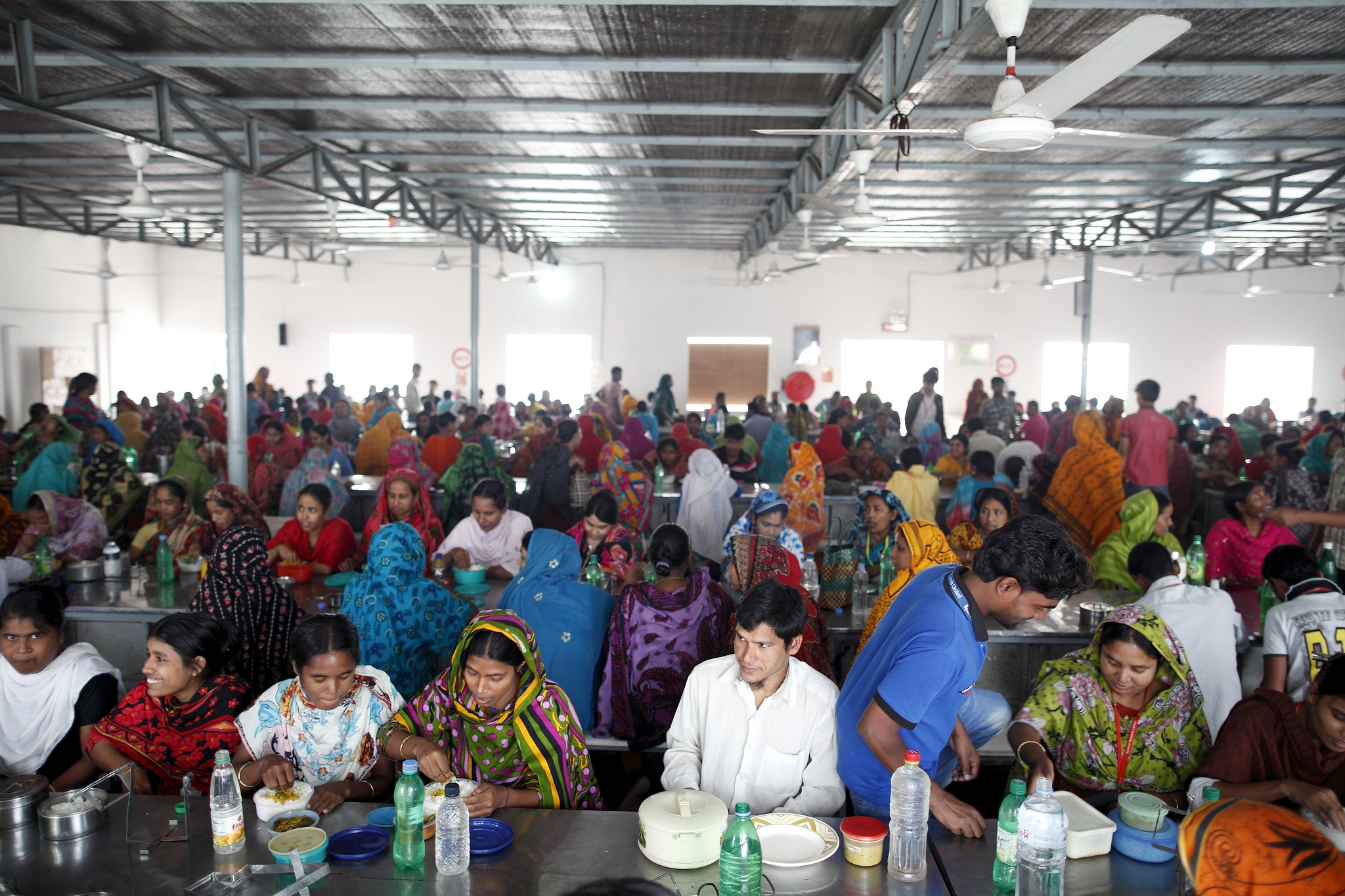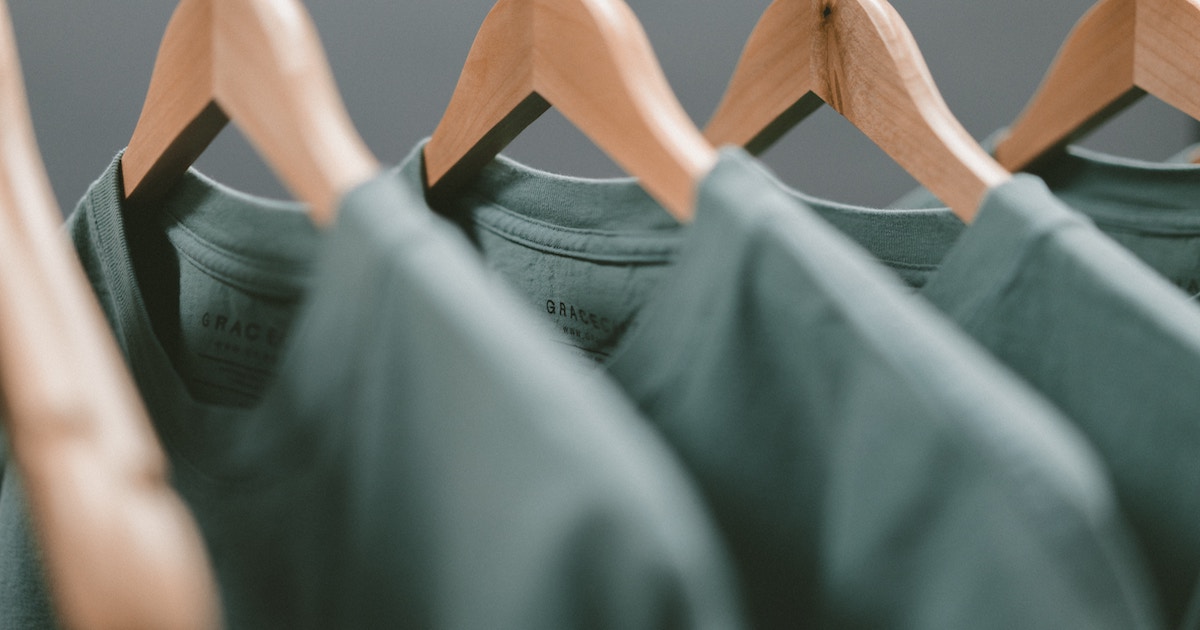Certifications in the Fashion Industry: Fair Trade
When someone introduces you to a new ethical product, are you ever tempted to yell into the void, “What does ethical even mean?”
You’re not alone. Ethical is in, and with it slick branding and deceptively vague marketing that has the power to dress up conventional goods as wholesome and green without any change to formulation or strategy – or potentially worse, allows multinational corporations to employ the language of Corporate Social Responsibility without actually enforcing these standards. The problem of who is responsible and how to enforce standards is so complicated, in fact, that author Corban Addison, in his book A Harvest of Thorns, is able to talk about it for 368 pages.
To combat the ill effects of opaqueness and lack of accountability in the fashion industry, various nonprofit entities have emerged to create unifying standards and processes that both provide much needed external checks and balances and reassure consumers that the ethical claims a business makes are truly being carried out. Certifications can be broad or specific – they may deal with non-toxic dyes or they may look at company culture as a whole – but they all aim to protect the ethical standards we claim to care about.
Certifications in the Fashion Industry: Fair Trade
In 1946, Edna Ruth Byler went on a mission trip with her husband and a team of fellow Mennonites and returned with an idea. She would buy Puerto Rican handicrafts at a fair price, sell them to neighbors and friends in the US, then reinvest profits in their low income communities. By the 1960s, socially minded citizens in Europe had begun to develop a set of ideals around the slogan, “trade not aid,” and soon after, Fair Trade was officially born.
With an estimated 40 million people trapped in labor slavery as of 2017, there has never been a more important time to consider fair trade. The globalized nature of trade has made it possible for multinational corporations to pass the buck to the factories they contract with, local governments, and local company offices instead of taking responsibility for human rights violations they purport to care about in their jargon-heavy Corporate Social Responsibility documents.
Case in point: A handful of globally successful fashion brands, despite having some of the most rigorous sets of standards in the business, are repeatedly in the news for labor exploitation, with a June 2018 report in The Guardian reinforcing hundreds of previous accusations that factory employees are regularly threatened and abused. Except in rare cases, internal audits are not enough, either because company representatives are anxious to downplay the extent of abuse for fear of consumer backlash or because the audits themselves are not comprehensive. Fair trade certifications persist because, it seems, they must for the sake of workers around the world.
At their most basic level, fair trade certifications aim to affirm the dignity of marginalized individuals in the supply chain by regulating standards of fair pay, safe working conditions, and overall wellbeing. Its roots in NGOs, missionary trips, and other types of humanitarian work continue to direct its priorities to artisan communities living in the Global South (the development sector’s new term for the third world), which means the vast majority of certified brands are sourcing their goods from historically poor countries. For instance, while the global market for cotton can push bale prices down below the actual cost of production, fair trade minimums ensure that farmers in countries like India and Uzbekistan won’t operate at a loss.
Nevertheless, being able to spot fair trade certifications and their labels on hang tags, website branding, and marketing campaigns assures consumers that a bare minimum of care has been taken to ensure that artisans and their communities have been treated with respect. Lucky for you, most fair trade certifying agencies – and there are many – use similar standards. If you’re in the US, look for Fair Trade Federation or Fair Trade Certified/Fair Trade USA. If you’re elsewhere, look for the World Fair Trade Organization or Fair for Life logo. In addition, ask brands if their products are SA8000 certified, which ensures that their workers have access to a safe and fair working environment by enforcing labor, health, anti-discrimination, and management standards.
While fair trade addresses worker welfare in terms of labor, it doesn’t regulate pesticide use, factory air quality, toxic processing chemicals, or pollution. We’ll talk about environmental certifications in an upcoming article, but for now, consider this: Millions of workers around the world could show up tomorrow to hear they don’t have a job, or that their 6 day work week has suddenly become a 7 day one due to production deadlines. “But that’s not fair!” you may be thinking. And you’d be right. That’s why Fair Trade is essential.
Photo by ILO in Asia and the Pacific




Leave a Reply